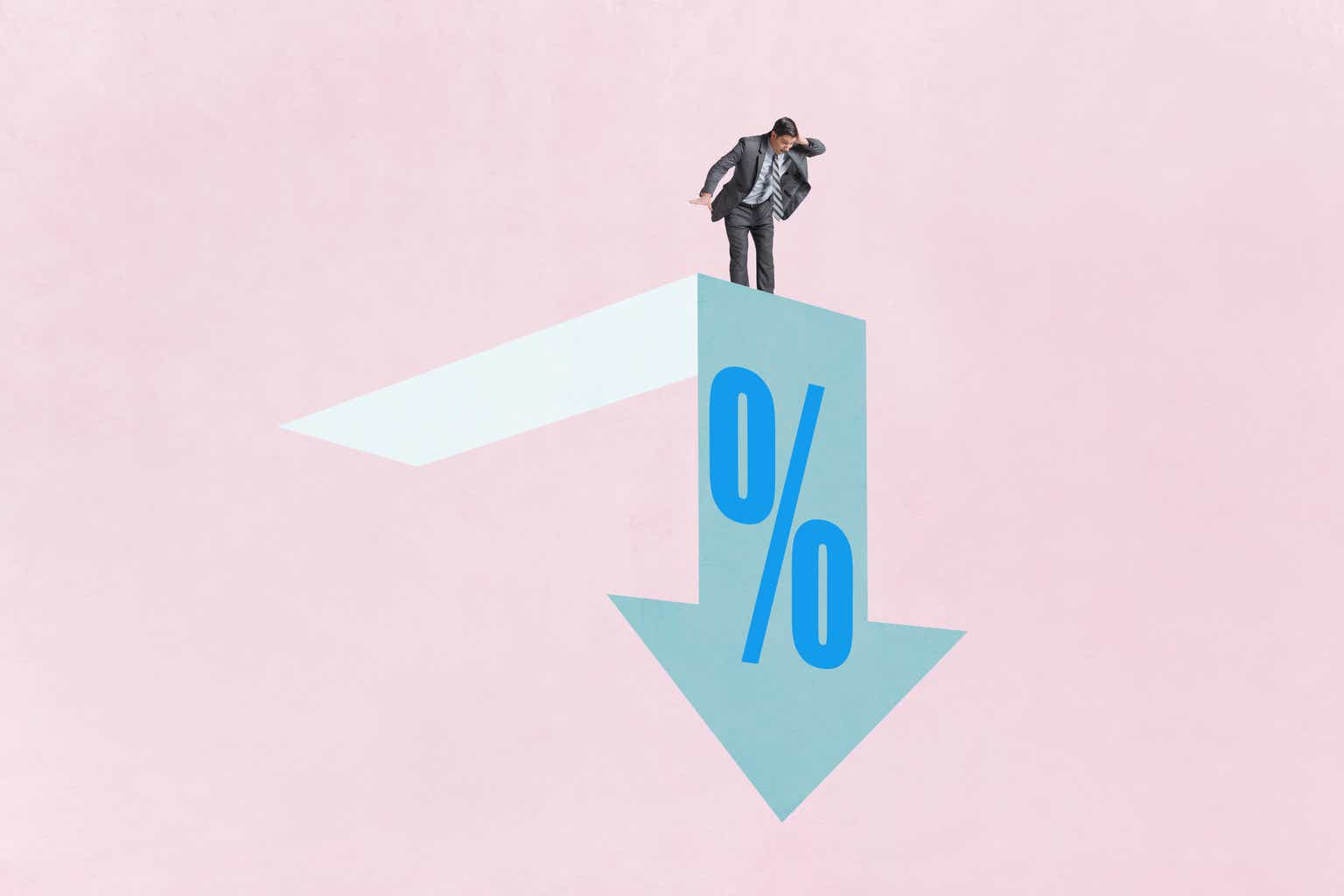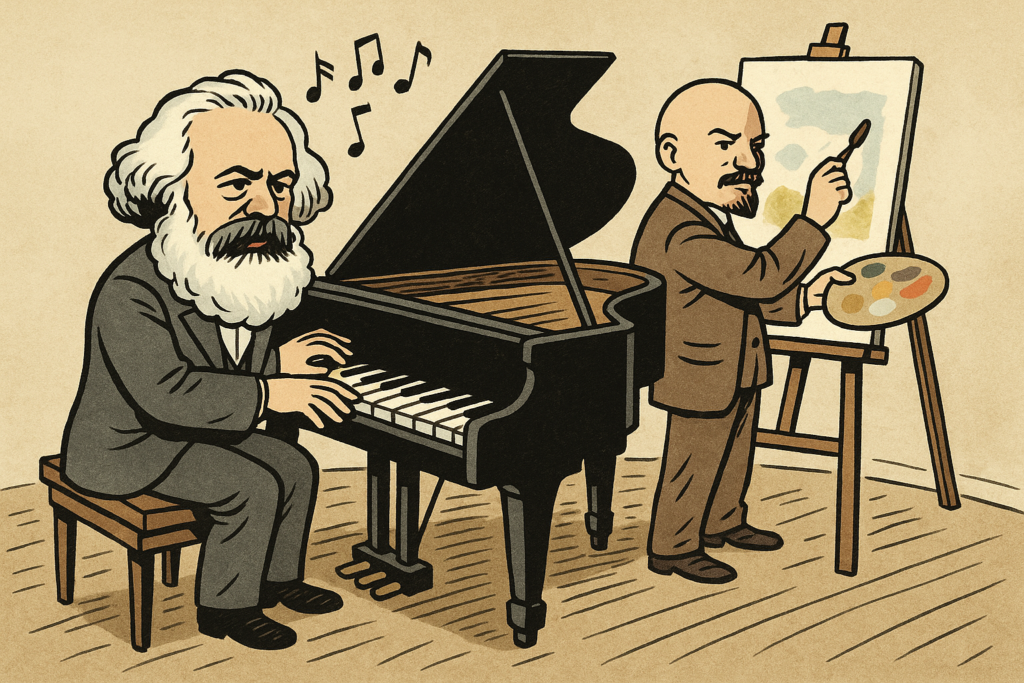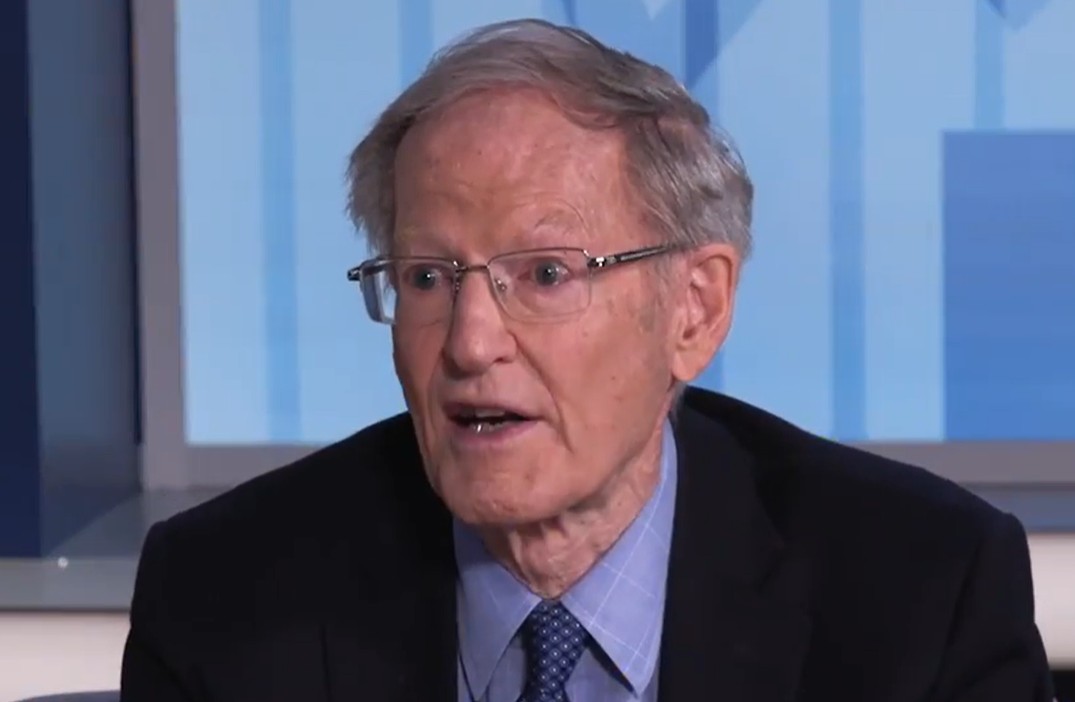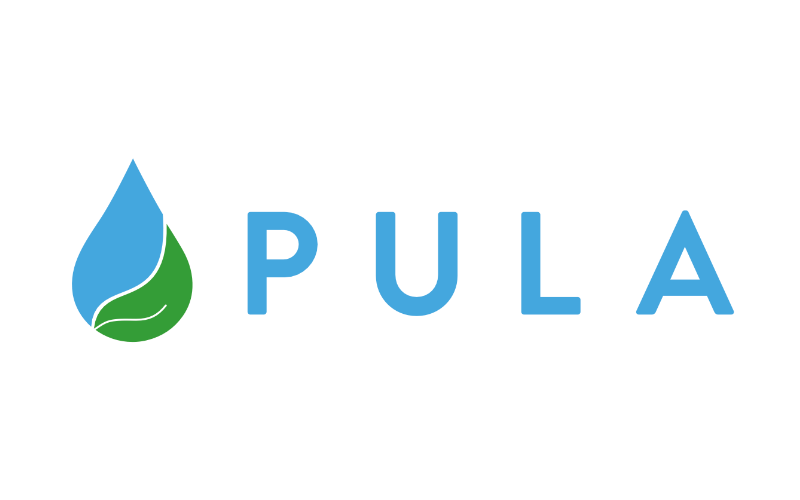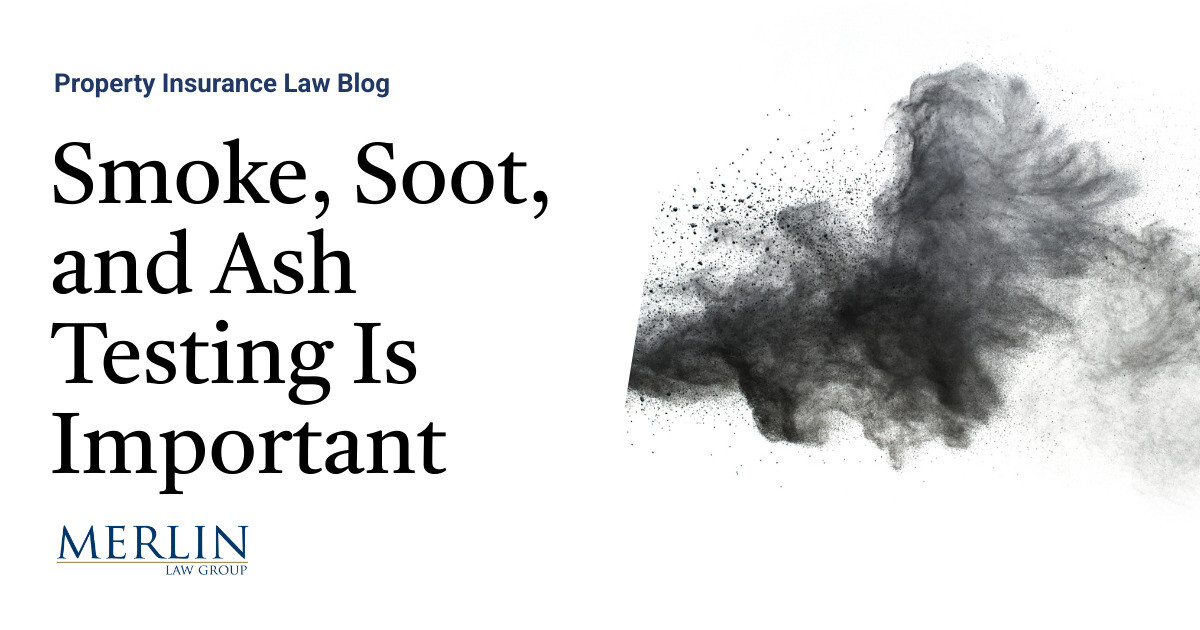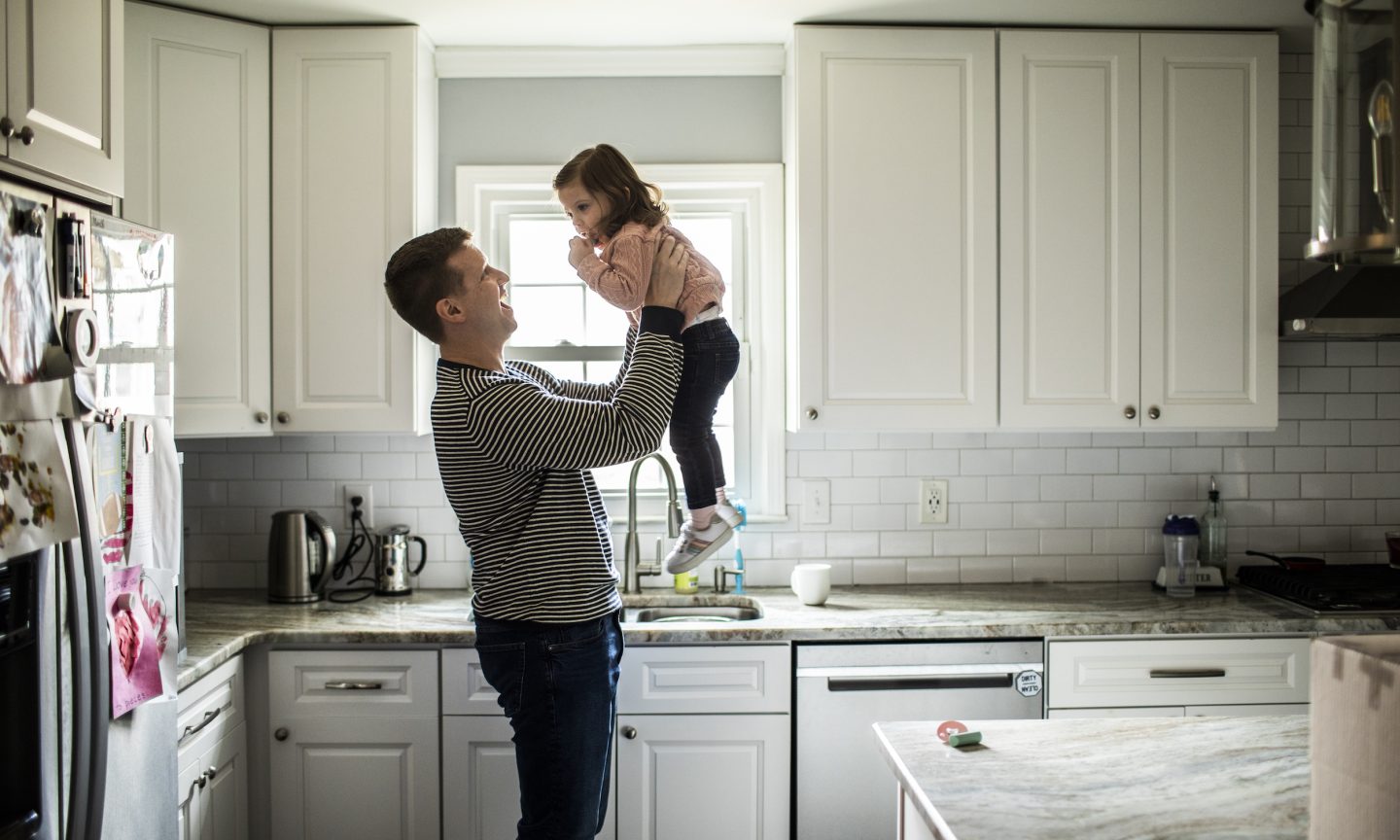January mortgage rates forecast
Mortgage rates might rise modestly in January, reaching their 2023 peak before settling lower the rest of the year.
If mortgage rates do rise in January, they will do so in response to two things:
-
A stubbornly high inflation rate.
-
Uncertainty about what the Federal Reserve will do at its next monetary policy meeting, which ends Feb. 1.
As inflation falls, so should mortgage rates
This round of inflation has affected home buyers in two ways. First, home prices went up at an alarming speed. Then, mortgage rates zoomed to 20-year highs. The Federal Reserve‘s fingerprints are all over both events.
Fast-rising home prices can be traced to the central bank’s response to the start of the COVID-19 pandemic, when it slashed a key short-term interest rate to near zero percent in March 2020. The Fed also began buying mortgage-backed securities to push mortgage rates down and prevent a potential housing market crash resulting from widespread pandemic-related job losses. Far from crashing, the housing market shifted into overdrive, as home buyers responded to the low rates by rushing in and bidding up prices.
The Fed’s policy helped push overall prices higher, too. Inflation, as measured by the Consumer Price Index, rose steeply in 2021, from less than 2% in February to 7% by the end of the year, and it continued upward to a high of 9% in June 2022.
The central bank waited until March 2022 to stop buying mortgage-backed securities and raise the federal funds rate, giving excessive inflation a one-year head start. Mortgage rates rose dramatically after the Fed took action. The average rate on the 30-year mortgage was 3.89% in February 2022 — the month before the Fed’s first rate hike. It rose above 7% in October and November before falling below 7% in the last six weeks of the year.
With inflation starting to slow, we should expect mortgage rates to come down as well. But so far, they’re lagging behind. Mortgage rates remain more than three-quarters of a percentage point higher than they were in June, even though inflation has been cooling off since that month. Higher interest rates reduce affordability, putting downward pressure on prices. The median sale price of an existing home has fallen each month from July to November, according to the National Association of Realtors, from a combination of affordability problems and seasonal factors (prices often peak around June and drop in the months after).
A rise before the next Fed meeting
The Fed has been in inflation-fighting mode for almost a year, and its efforts seem to be working. But inflation is still far above the Fed’s 2% target, and the central bank is expected to keep raising the federal funds rate. It’s possible that mortgage rates could rise this month in the lead-up to the Jan. 31-Feb. 1 Fed meeting because of uncertainty over whether the central bank will boost the federal funds rate by a quarter of a percentage point or half a percentage point, which are currently considered the two most likely scenarios.
Forecasters for the Mortgage Bankers Association, NAR, Fannie Mae and Freddie Mac have all predicted that mortgage rates will fall this year. If they are correct — and that’s a big if, because they didn’t foresee 2022’s spike in mortgage rates — then rates might peak early in the year, perhaps as soon as January.
What happened in December
At the beginning of December, we predicted that interest rates on fixed-rate mortgages could stabilize or drift lower to end the year. Indeed, they fell. The average rate on the 30-year fixed-rate mortgage averaged 6.38% in December, down from November’s average of 6.83%.
Mortgage rates dropped after the federal government reported that inflation had slowed in November and the Federal Reserve emphasized that it will continue to fight inflation by raising short-term interest rates until the economy cools down. Rates rose again at the end of December, when much of Wall Street takes a break, transactions slow way down and rate movements happen seemingly randomly.







